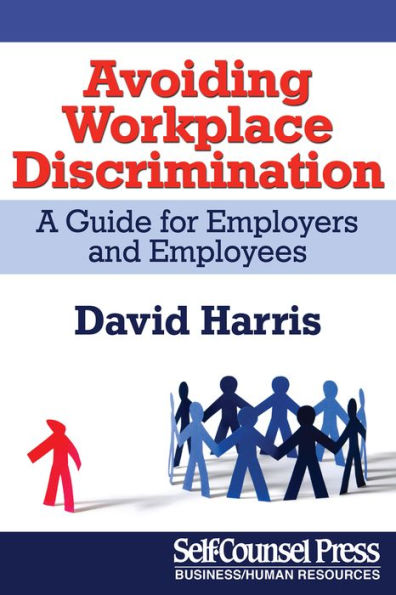5
1

Avoiding Workplace Discrimination: A Guide for Employers and Employees
162
Avoiding Workplace Discrimination: A Guide for Employers and Employees
162
10.99
In Stock

Product Details
| ISBN-13: | 9781770409729 |
|---|---|
| Publisher: | Self-Counsel Press, Inc. |
| Publication date: | 05/15/2015 |
| Series: | Legal Series |
| Sold by: | Barnes & Noble |
| Format: | eBook |
| Pages: | 162 |
| File size: | 781 KB |
About the Author
From the B&N Reads Blog
